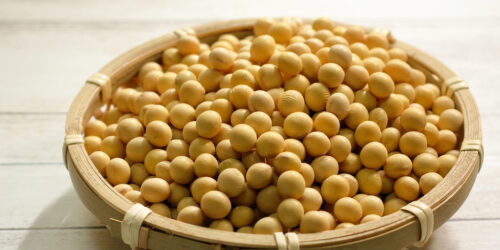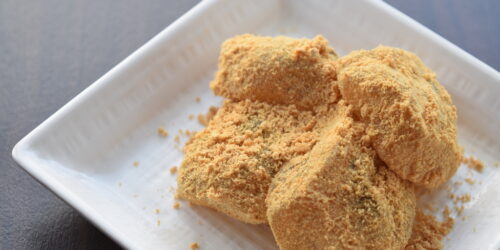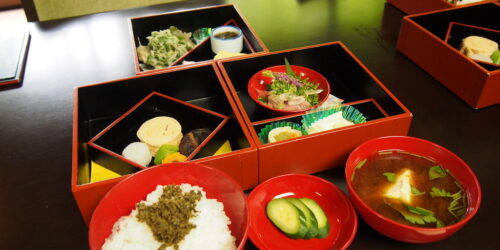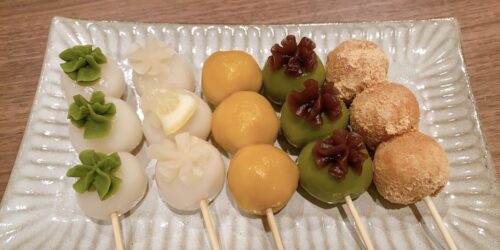Soybean Flour vs Kinako vs Okara: What Are the Differences?
Soybean flour, kinako, and okara: they are all made from soybean.
But, what are the differences between these?
Let’s look at each item here.
Raw Material and Cooking Process
Soybean flour
Soybean flour is a powder of raw or low-temperature roasted soybeans.
Kinako
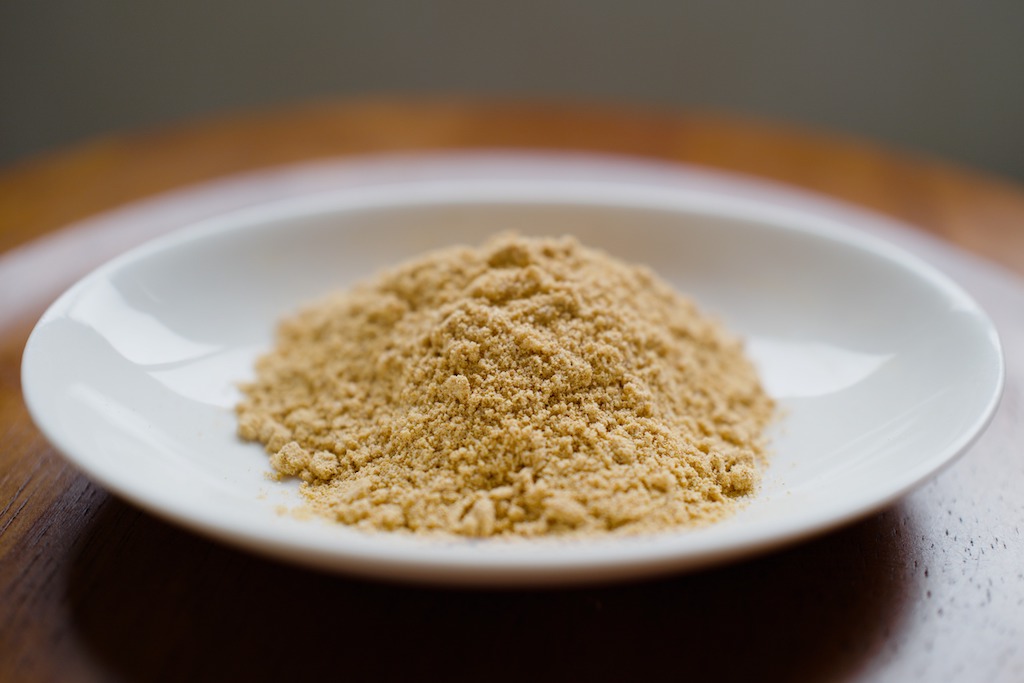
Kinako is made by roasting soybeans and then powdering them.
Okara powder
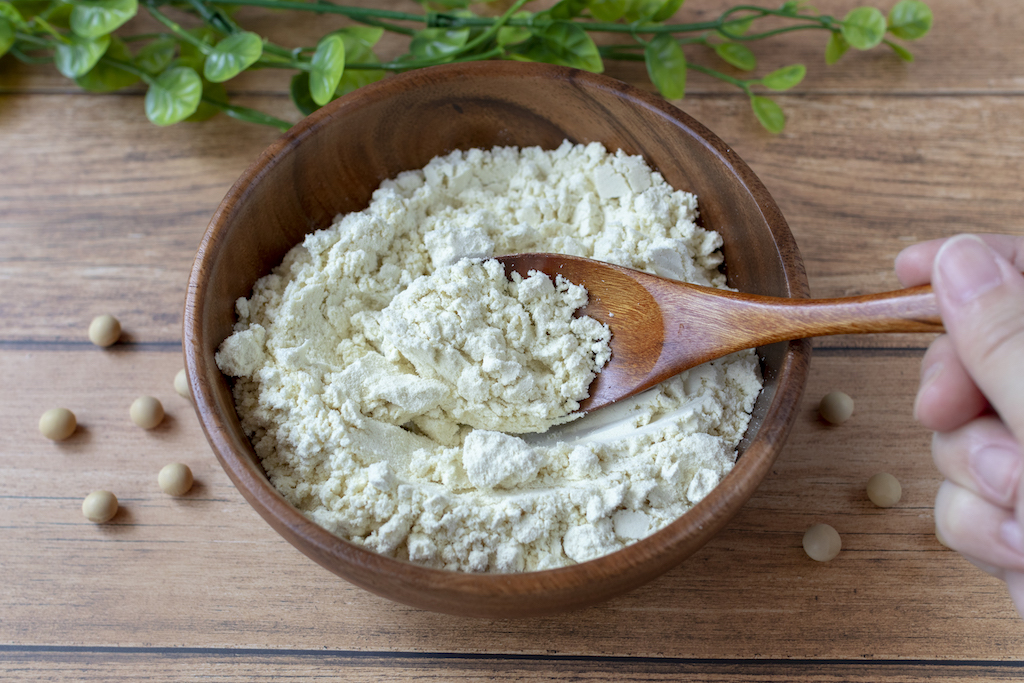
Okara is soybean pomace that you can get in the process of making tofu from soybeans.
Okara powder is made by drying okara and removing water.
How To Use
Soybean flour
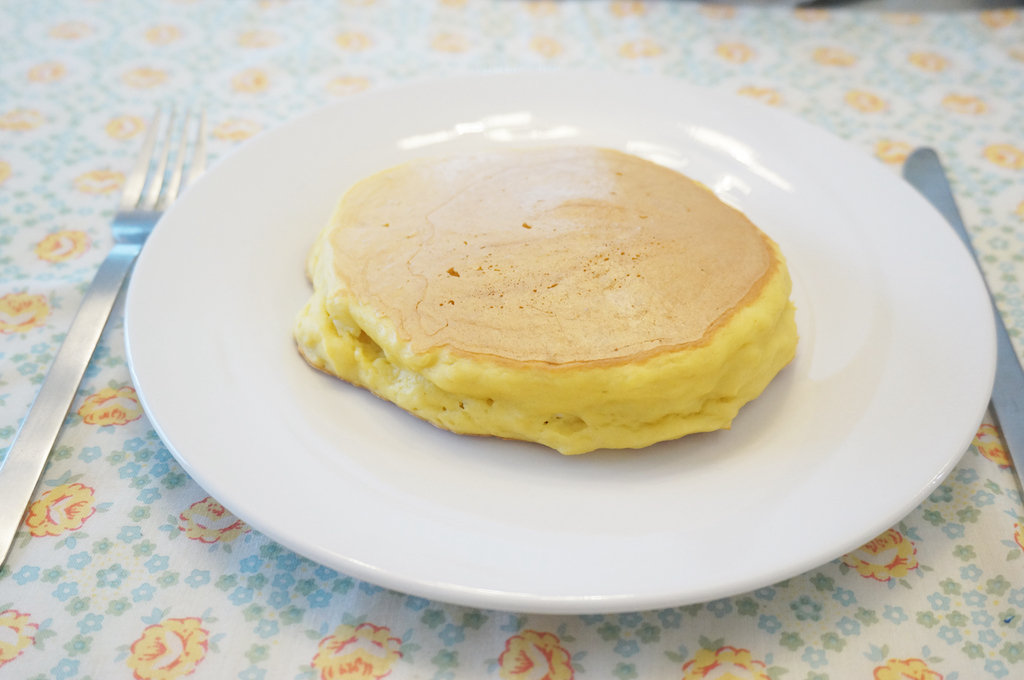
Soybean flour is mainly used for cooking to put on fire.
For example, it can be used instead of all-purpose flour for making cookies, cakes, and okonomiyaki.
When soybean flour is baked, it gives off a fragrant aroma like wheat flour, and it will be closer to flour.
Ingredients that are close to raw remain since it is roasted at low temperature. Therefore,
be sure to heat it before eating.
Kinako
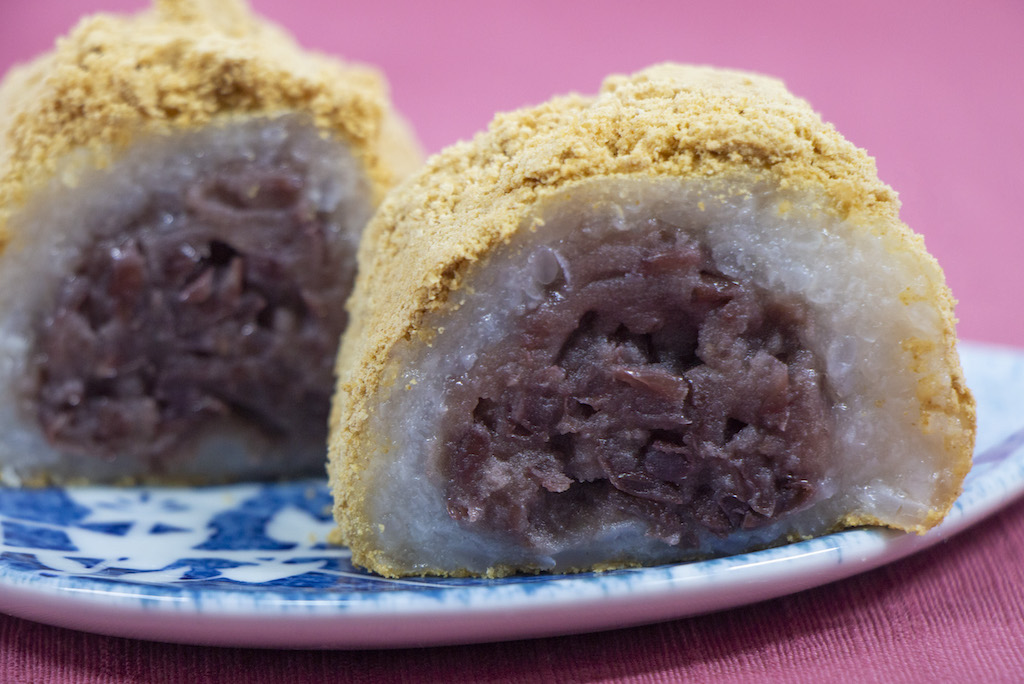
This is essential ingredient for traditional Japanese confectionery. For home cooking, you can sprinkle kinako on rice cake (mochi) and eat it with yogurt.
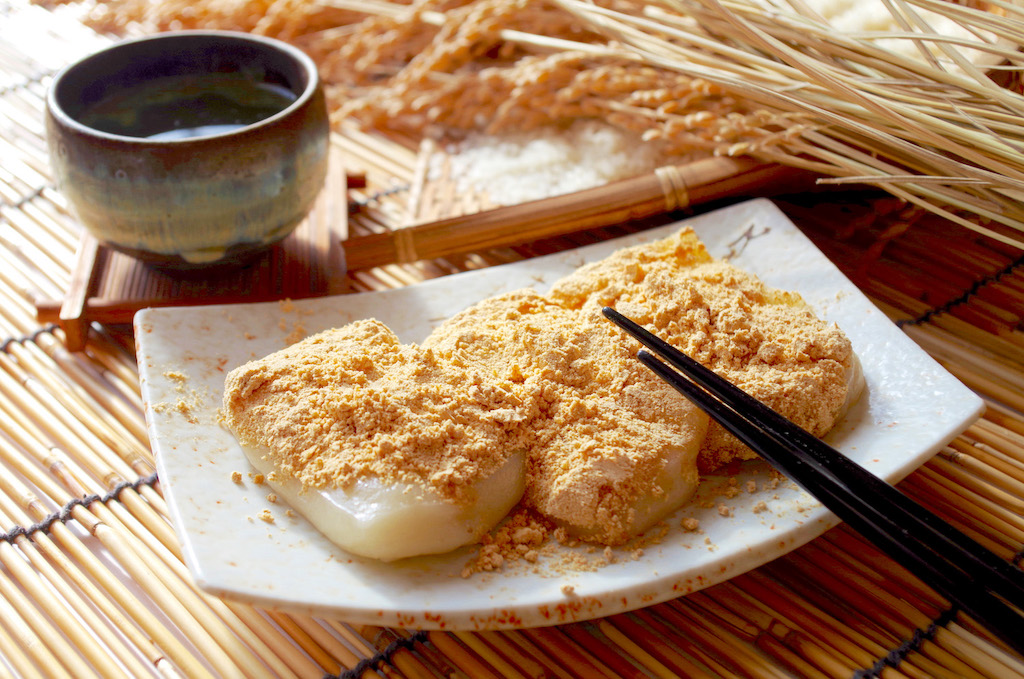
Kinako can be used as it is because it has been heated once.
Please check here to know more about how to use Kinako.
What Is Kinako and How Is It Used?
Okara powder
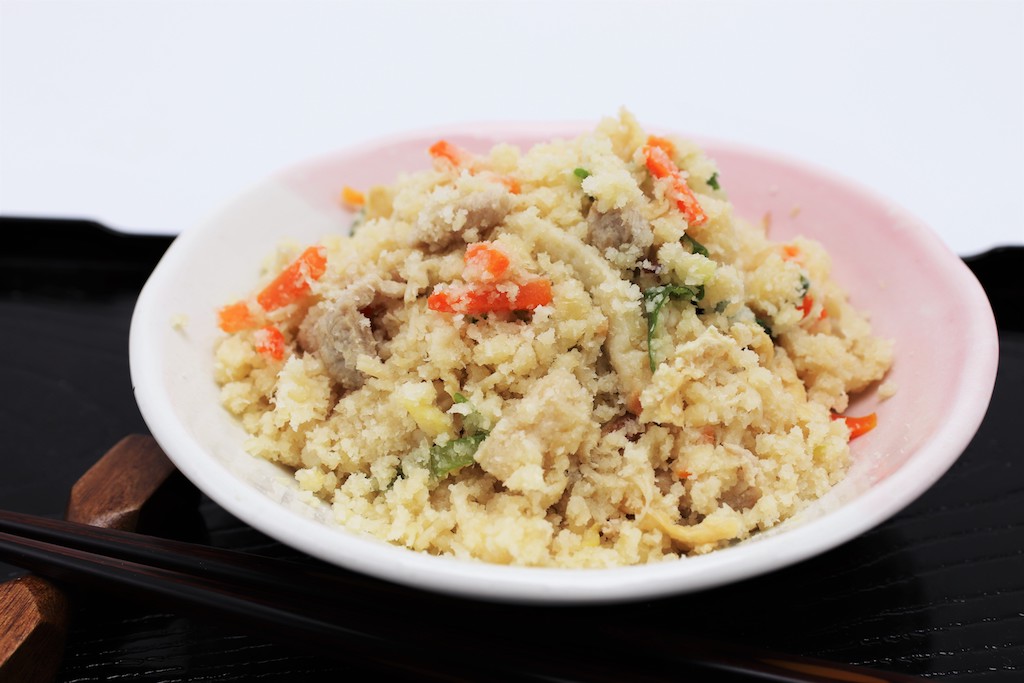
Okara itself, not okara powder is used for stir-fry and simmered dishes with seasonings such as soy sauce and vegetables.
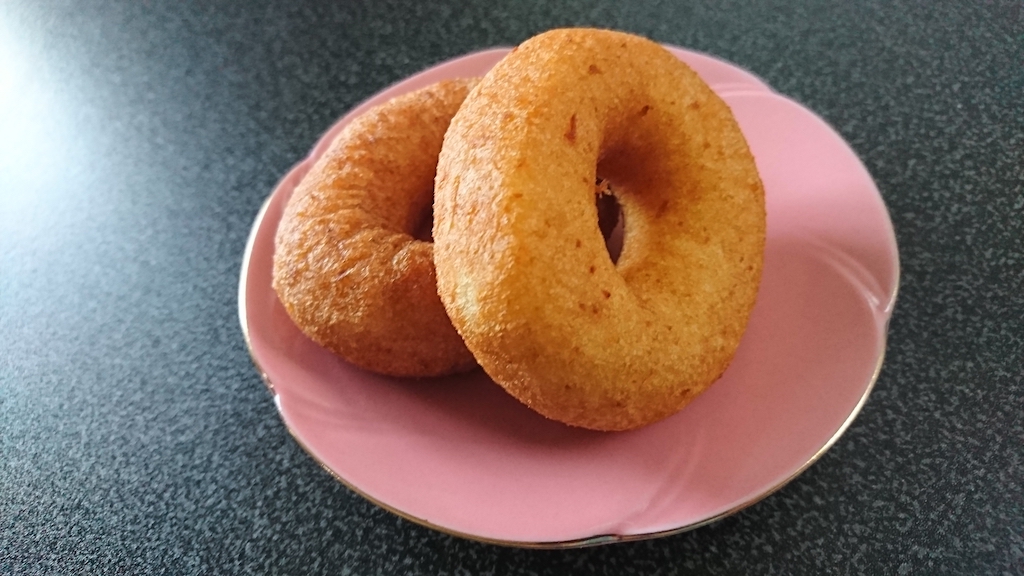
Okara powder can be used instead of all-purpose flour for making sweets and okonomiyaki.
Okara and okara powder are already made from boiled soybeans, so they can be used as are without heating.
Please check here to know more about how to use Okara.
What Is Okara and How Is It Used?
Nutrition Facts
| Calories | Protein | Fat | Sugars | Dietary fiber | |
| Soybean flour | 440kcal | 41.6g | 16.5g | 19.3g | 13.7g |
| Kinako | 450kcal | 36.7g | 25.7g | 10.4g | 18.1g |
| Okara powder | 421kcal | 23.1g | 13.6g | 8.7g | 43.6g |
| Flour | 368kcal | 8g | 1.7g | 73.4g | 2.5g |
All of 3 are characterized by higher protein than all-purpose flour.
In addition, sugar value of these are much lower than the one of all-purpose flour. Therefore, it would be great material for when you want to eat a low-carb diet.
Also, dietary fiber levels are significantly higher than all-purpose flour. Especially okara’s dietry fiber is outstanding.
On the other hand, please note that the fat and calories are higher than the flour.
All of them are gluten-free ingredients. So, it can be used as a substitute for flour especially for those who feel upset by gluten.
Conclusion
Soybean flour and okara powder would be great substitutes for all-purpose flour that are high in protein, low in sugar, and gluten-free.
Kinako is more likely to be used as a topping for various foods, for instance, Japanese sweets, bread, and yogurt. The roasting aroma of kinako is very attractive. If you like sweets, try using it in combination with sugar or honey.
At the end, you can eat kinako and okara powder raw. However, please eat soybean flour after cooking.


